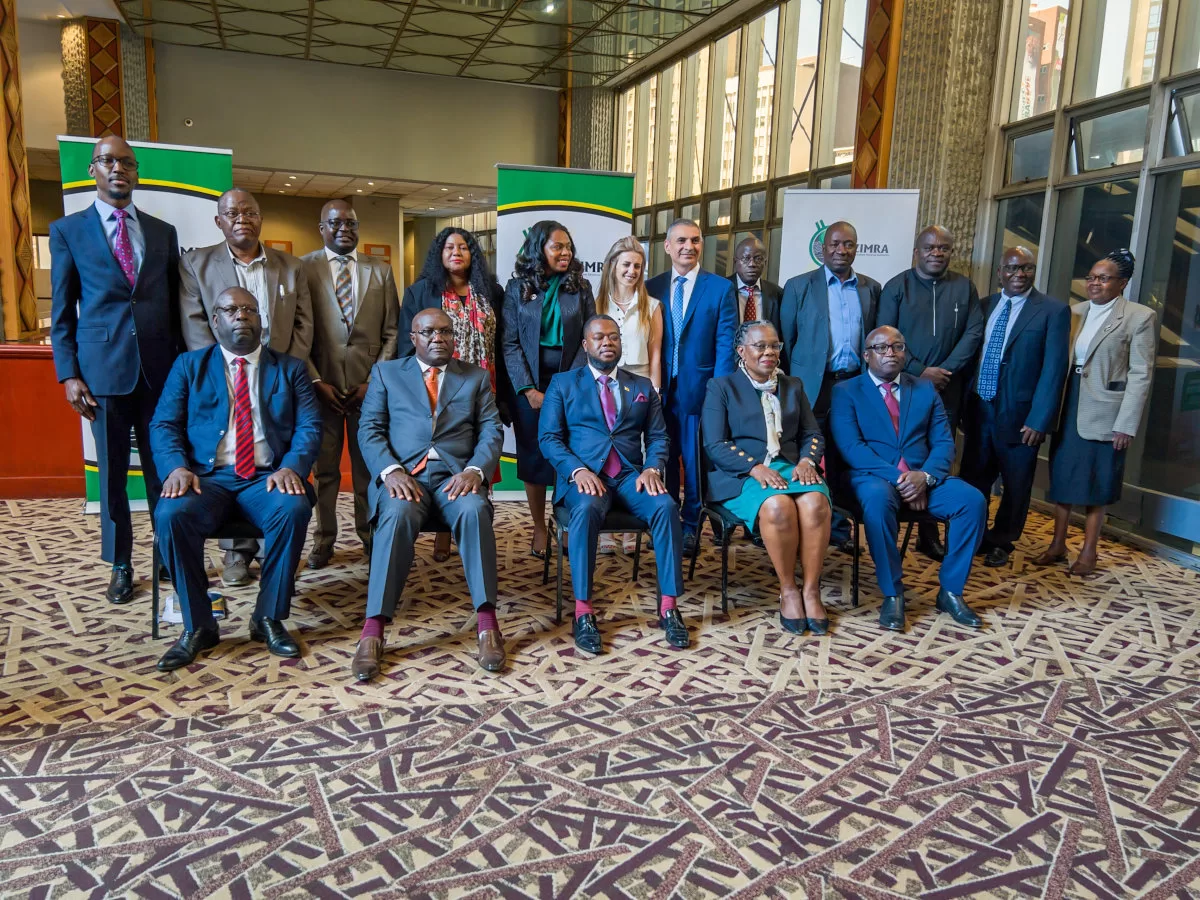The Zimbabwe Revenue Authority (ZIMRA) has officially commissioned its Tax Administration and Revenue Management System (TaRMS).
The event, held on 18 August 2025 at Crowne Plaza in Harare, was attended by Deputy Minister of Finance, Kudakwashe David Mnangagwa and other senior government officials, the African Development Bank, members of the banking community, and the ZIMRA Board.
From bottlenecks to automation
TaRMS replaces a fragmented legacy setup that combined SAP on the back-end with Microsoft technologies on the front-end, an arrangement that created inefficiencies, downtime, and performance bottlenecks.
I know that this explanation scratches some itch for the technically inclined who wondered why the old system was so bad.
Taxpayers frequently struggled with delayed tax clearances, midnight filing habits to avoid system crashes, misallocated payments, and outdated account data.
The new system has been positioned as an integrated, turnkey platform built with modern open technologies, giving ZIMRA greater control (including access to source code) and the ability to scale. TaRMS is also directly integrated with the Registrar of Companies, Civil Registry, and banks for real-time data validation.
In simple English: this time ZIMRA actually owns the system, instead of renting bits of it from different vendors. That means they can fix problems faster and expand it when needed. It also talks directly to government registries and banks, so things like verifying company details or confirming payments now happen automatically, instead of requiring long back-and-forth paperwork.
What the numbers say
According to ZIMRA’s own fact sheet, TaRMS has already delivered some measurable improvements:
- On-time filing: Up from 13.94% in 2023 to 38.07% in 2024 — a 173% improvement.
- Return submissions: Improved from 29.41% in 2023 to 62.69% in 2024.
- Taxpayer registration: New registrants grew by 115.75% in 2024 (66,210) compared to 2023 (30,689).
- Active taxpayers: Increased from 72,486 under SAP to more than 184,000 under TaRMS (a 153% jump).
- Employee management: Over 1 million employees registered, with PAYE now auto-calculated via payroll uploads.
- Refunds & tax clearance certificates: Now largely automated, with real-time status updates.
Roadmap: AI, mobile apps, and continuous verification
The technical presentation at the launch revealed that TaRMS will continue to evolve. Future updates include the use of AI and machine learning for fraud detection, predictive risk analysis, and intelligent case selection.
ZIMRA also plans to move from static tax clearance certificates to continuous real-time compliance verification, alongside the rollout of a mobile app.
About that “100% uptime”
Previously, ZIMRA officials had claimed that TaRMS achieved “100% uptime” since its launch. Yet client satisfaction surveys have pointed to downtimes and performance issues. The technical presentation helps understand this contradiction, showing that TaRMS was rolled out in a staggered release schedule:
- Release 1 (Dec 2023): User management, TIN registration, return filing, payments.
- Release 2 (Mar 2024): Refunds, debt management, taxpayer accounting.
- Release 3 Part 1 (Oct 2024): Revenue accounting, audit and investigation, risk modules.
- Release 3 Part 2 (Apr 2025): Case management, compliance, advanced reporting.
This phased approach suggests that some of the “downtime” users reported could be linked to the ongoing integration and scaling during these releases, rather than a contradiction of the 100% uptime claim, as exaggerated as it is.
A milestone, but work still ahead
ZIMRA says more than 1.2 million Taxpayer Identification Numbers (TINs) have now been issued through TaRMS, and it aims for every economically active Zimbabwean to have one by 2028.
While the official line is that TaRMS has “simplified taxes and strengthened trust,” the true test will be whether taxpayers consistently experience the promised improvements in usability, efficiency, and transparency. For now, what is clear is that Zimbabwe has taken a big step in modernising tax administration.

Leave a Reply Cancel reply